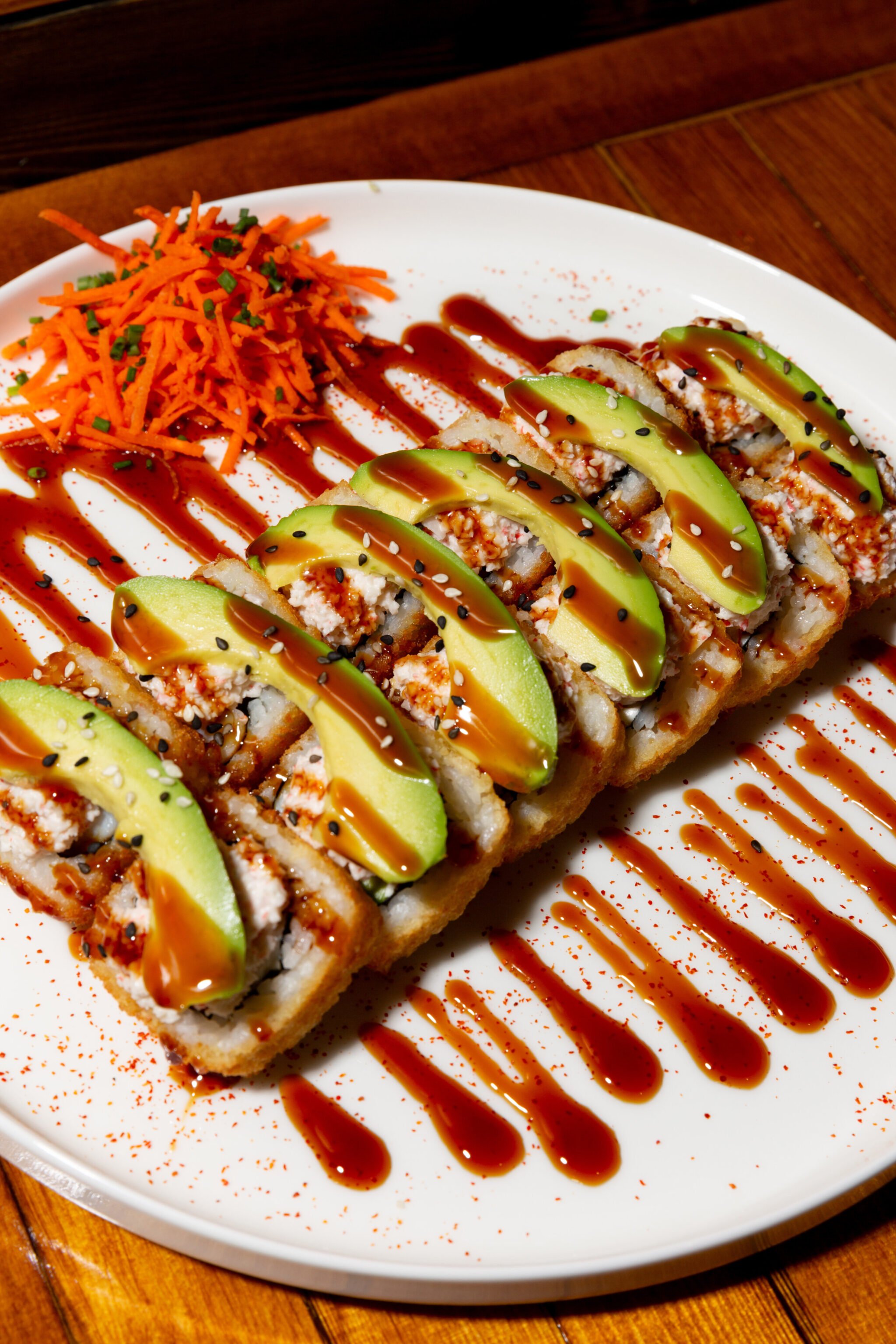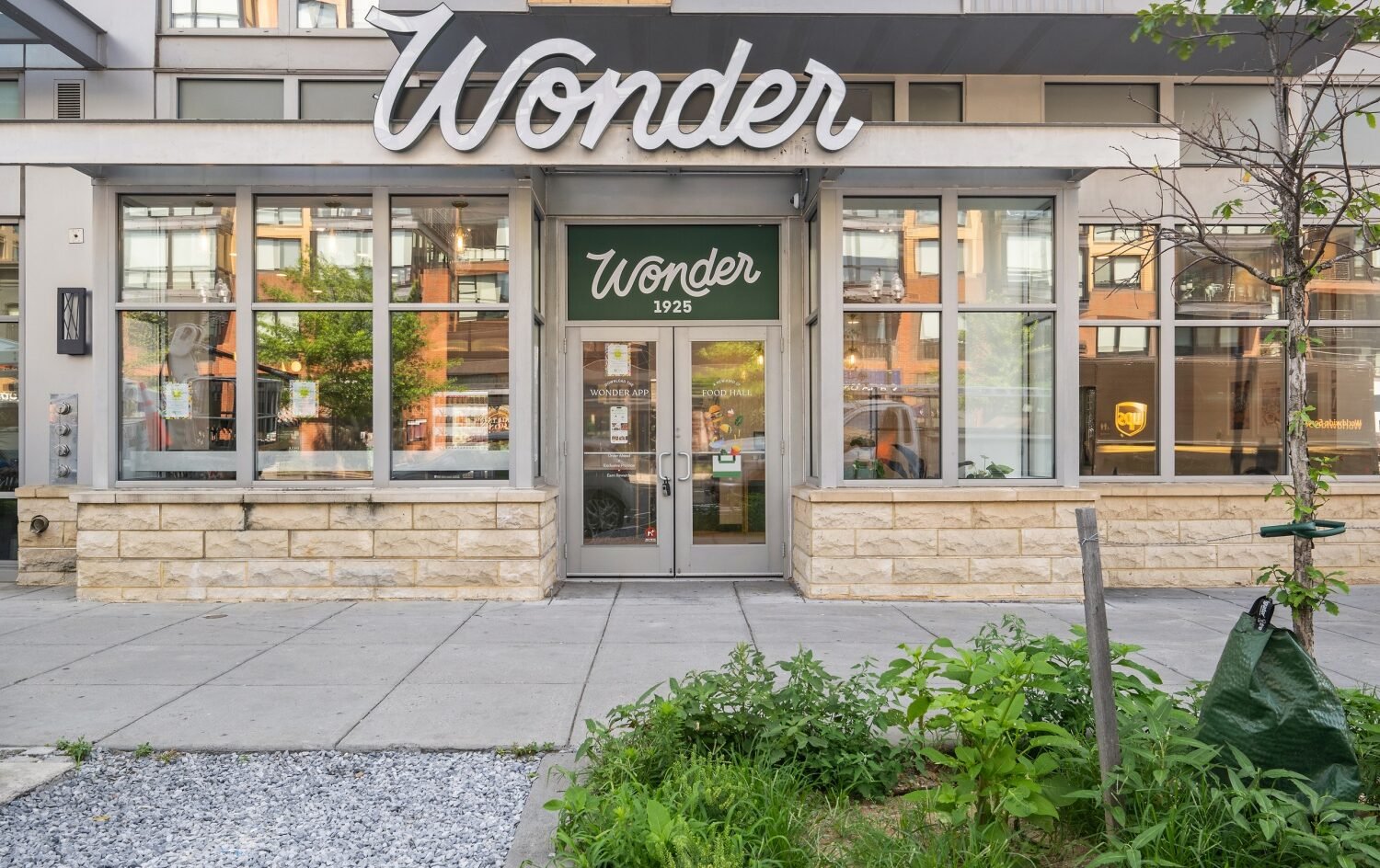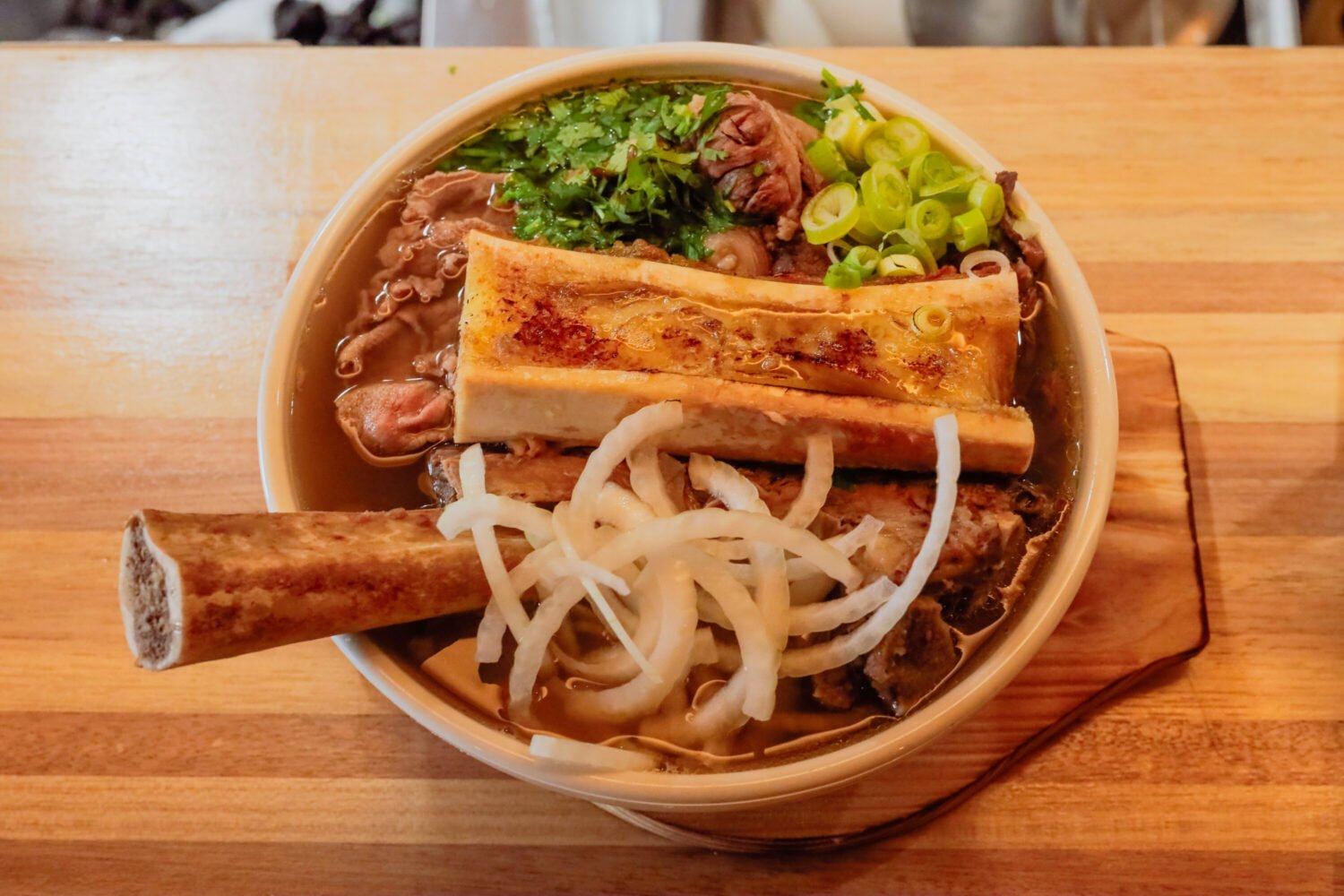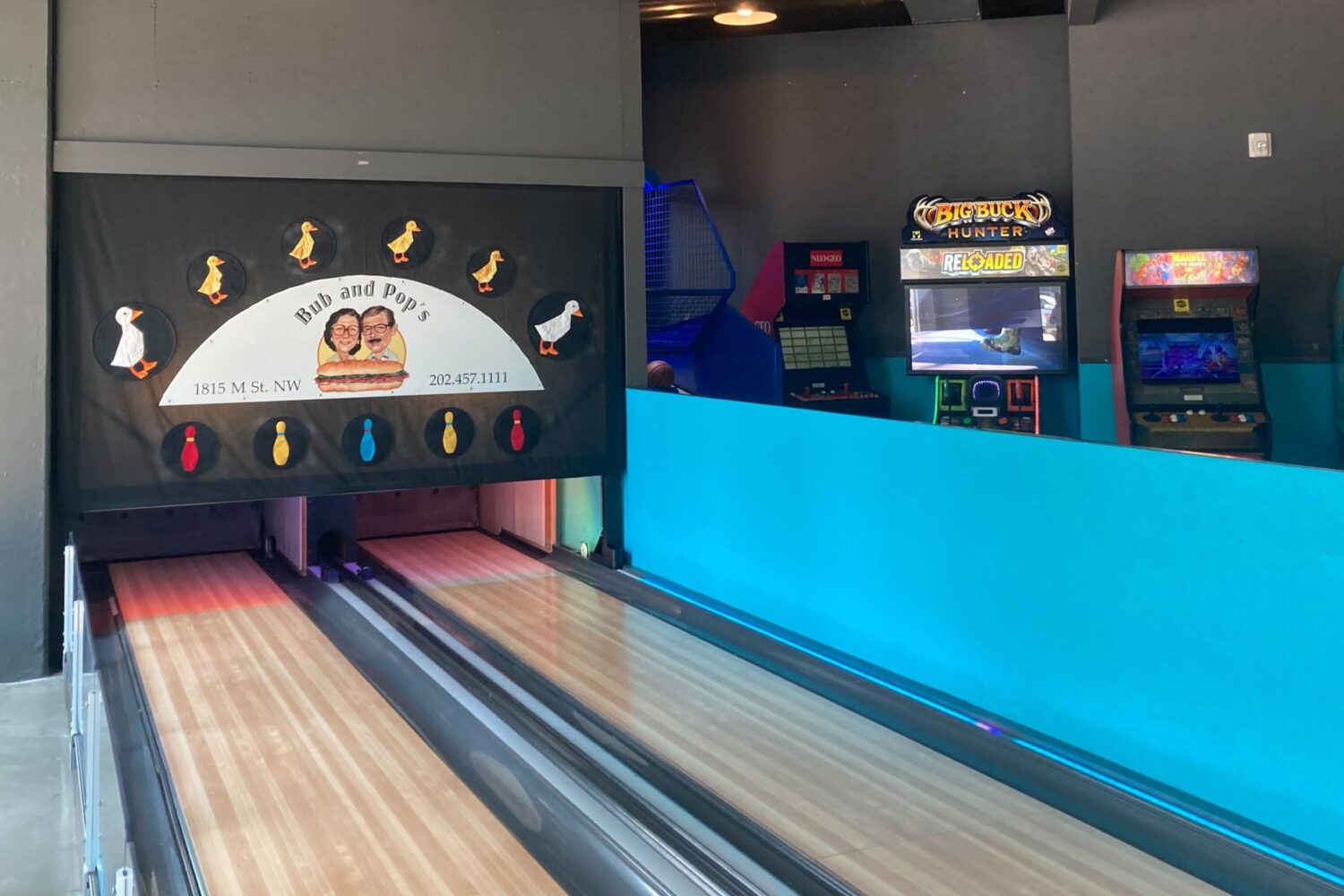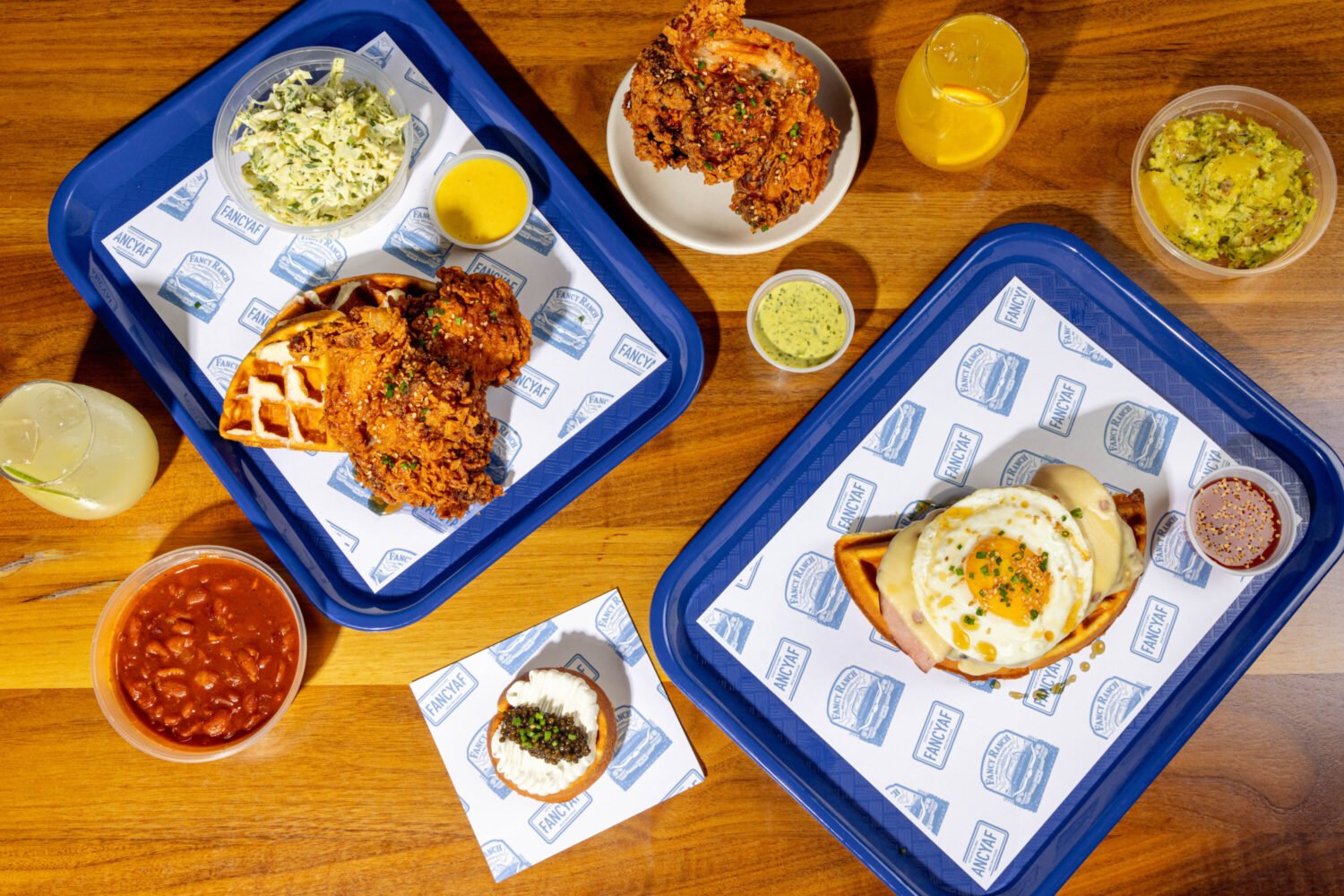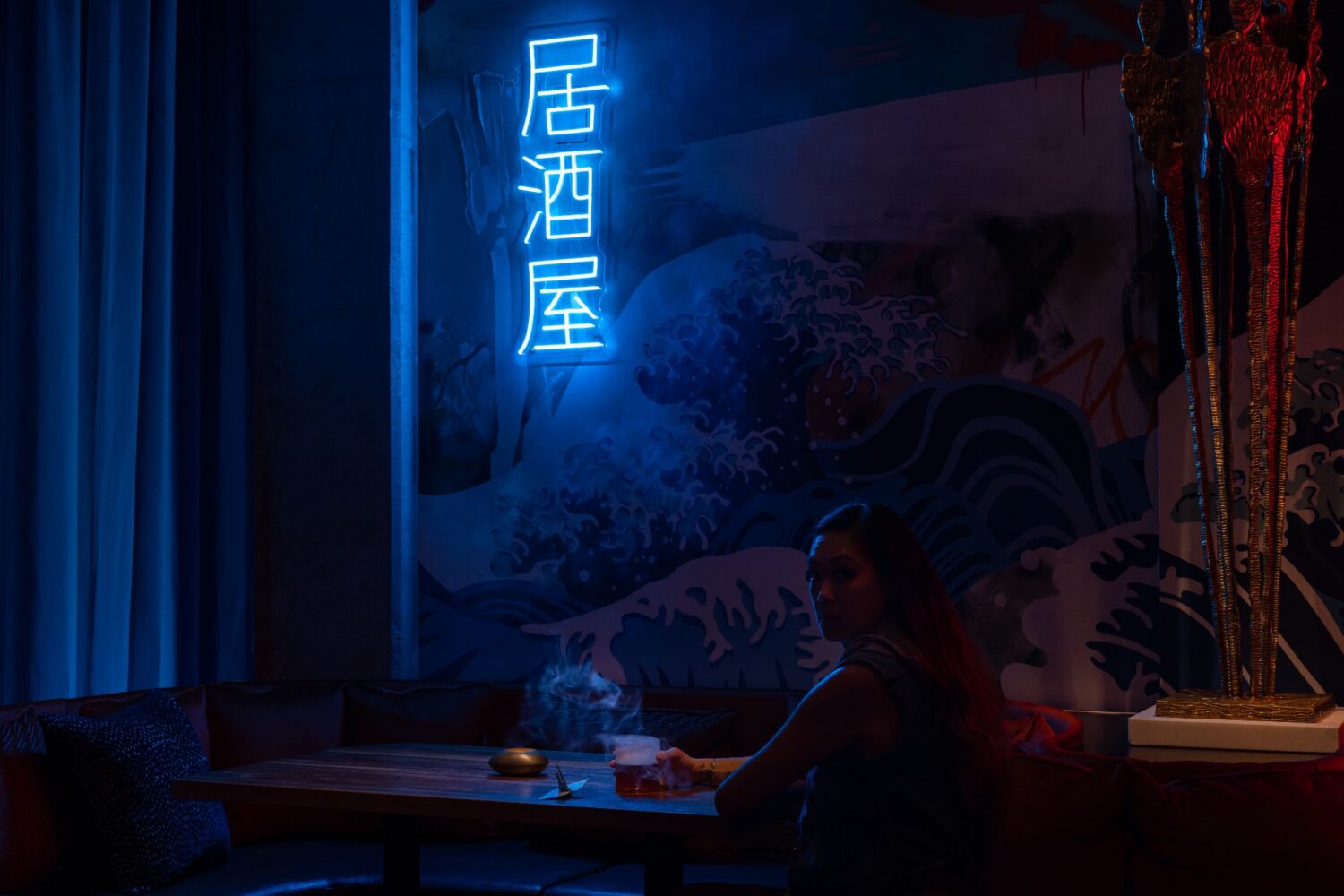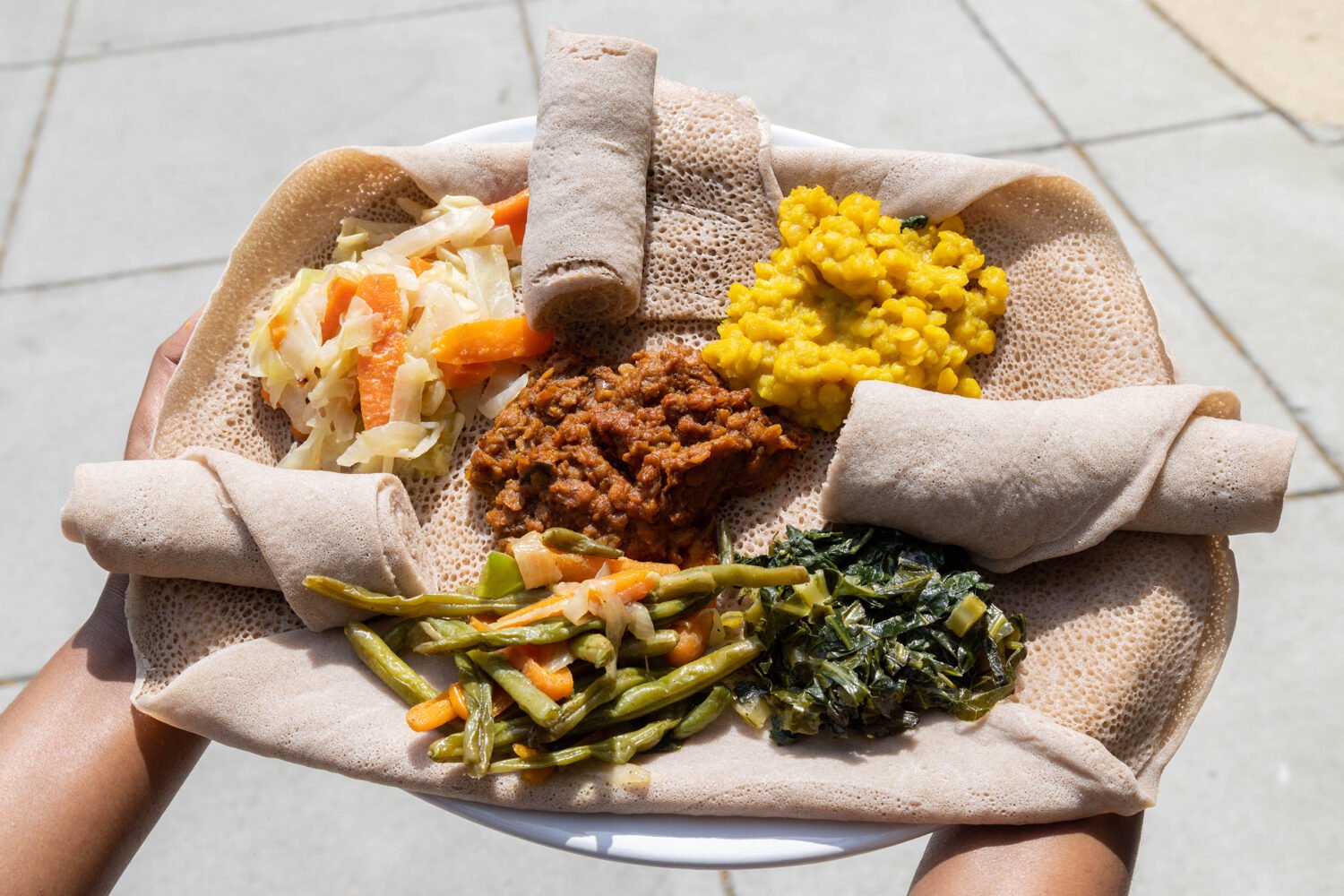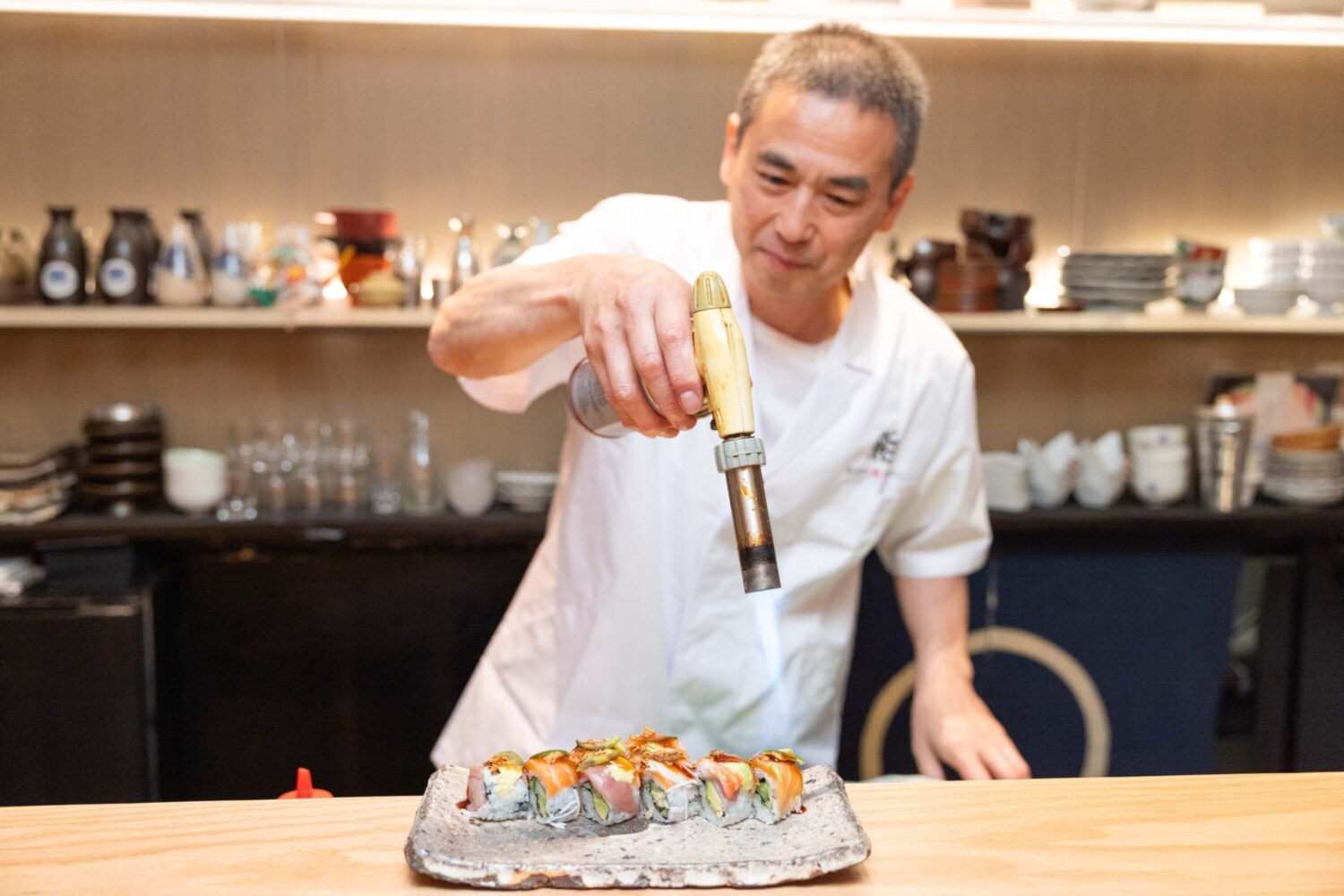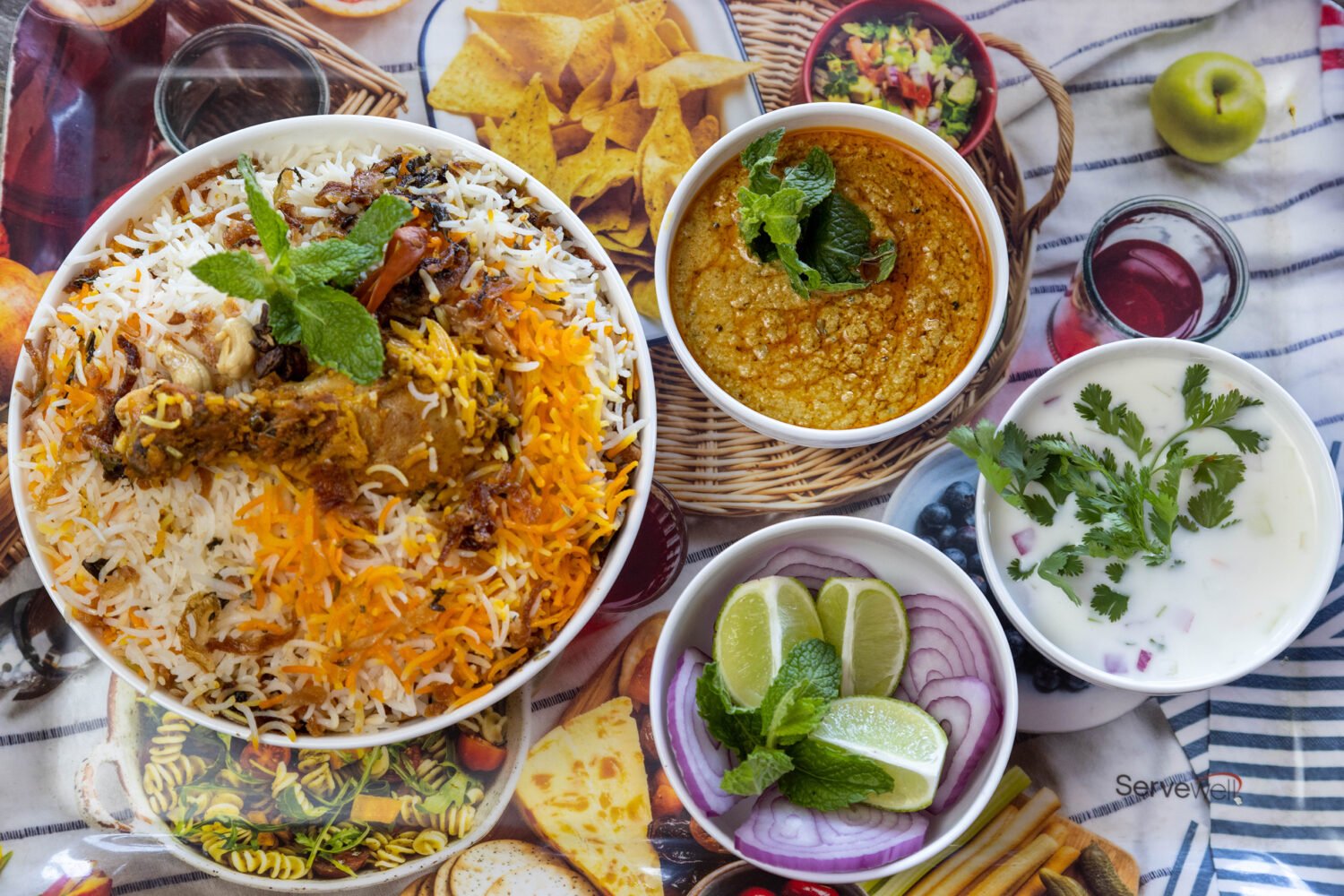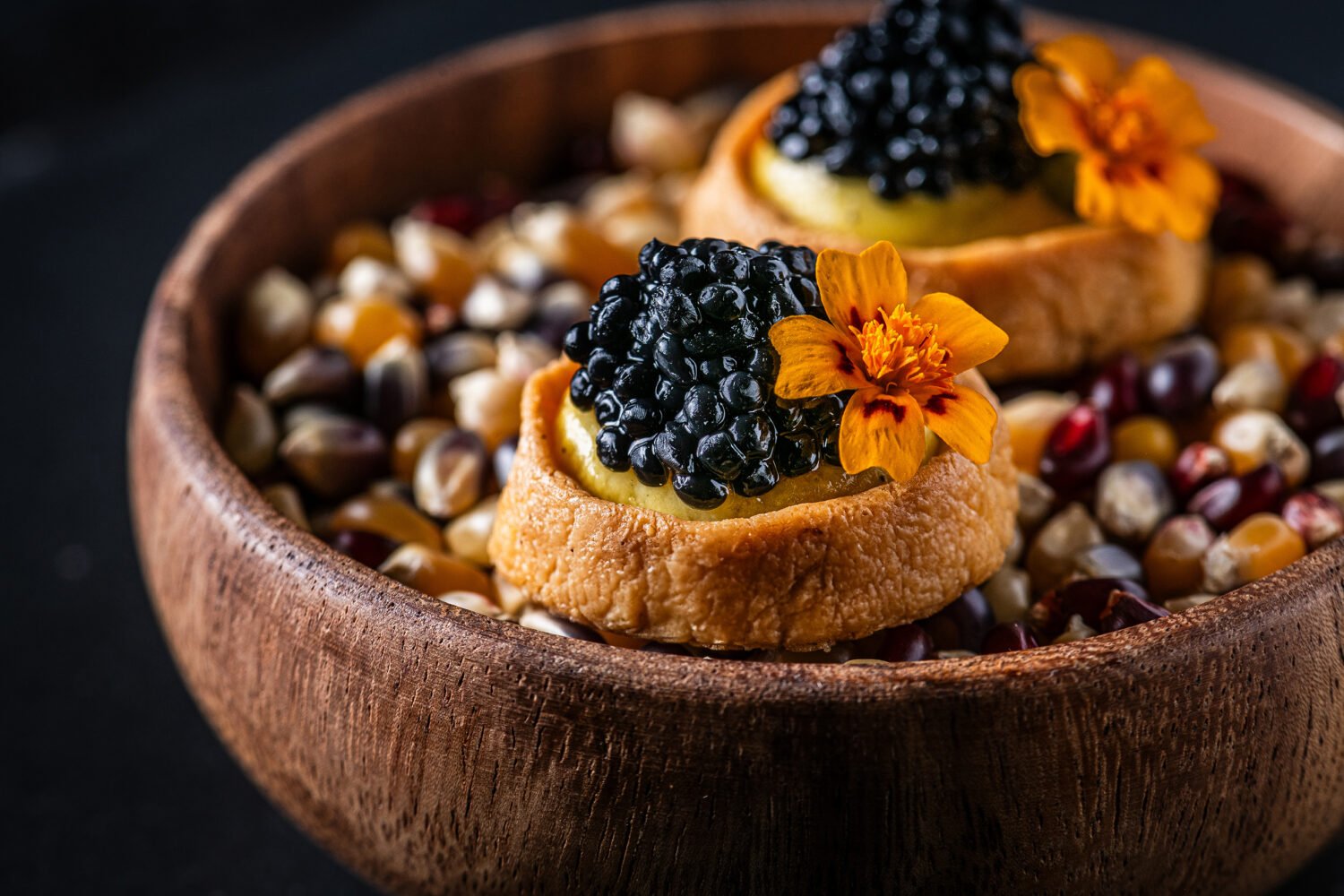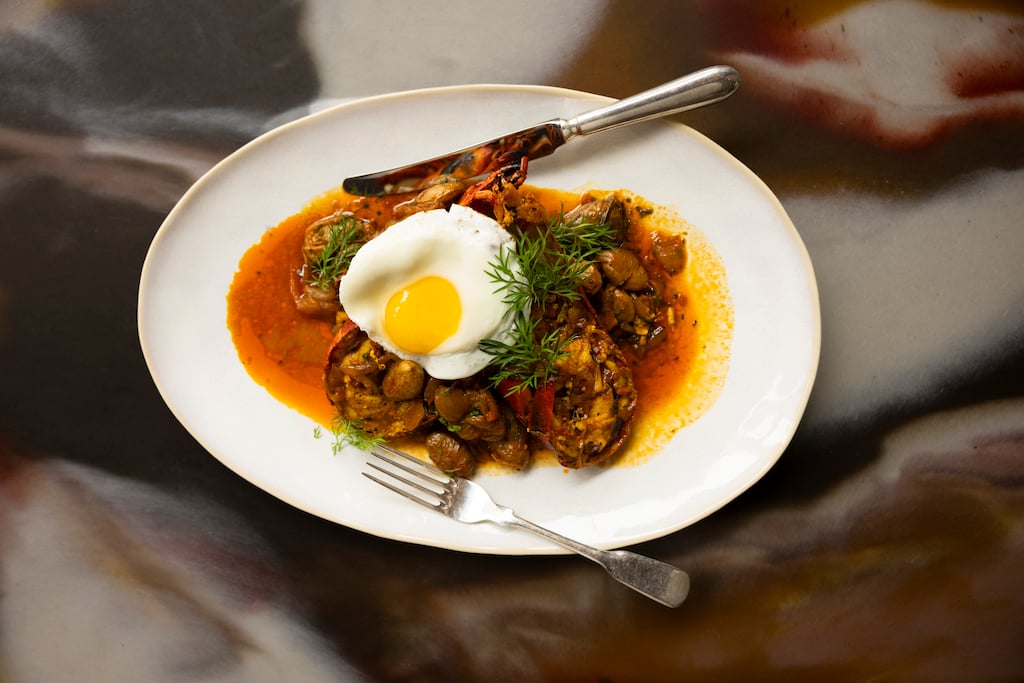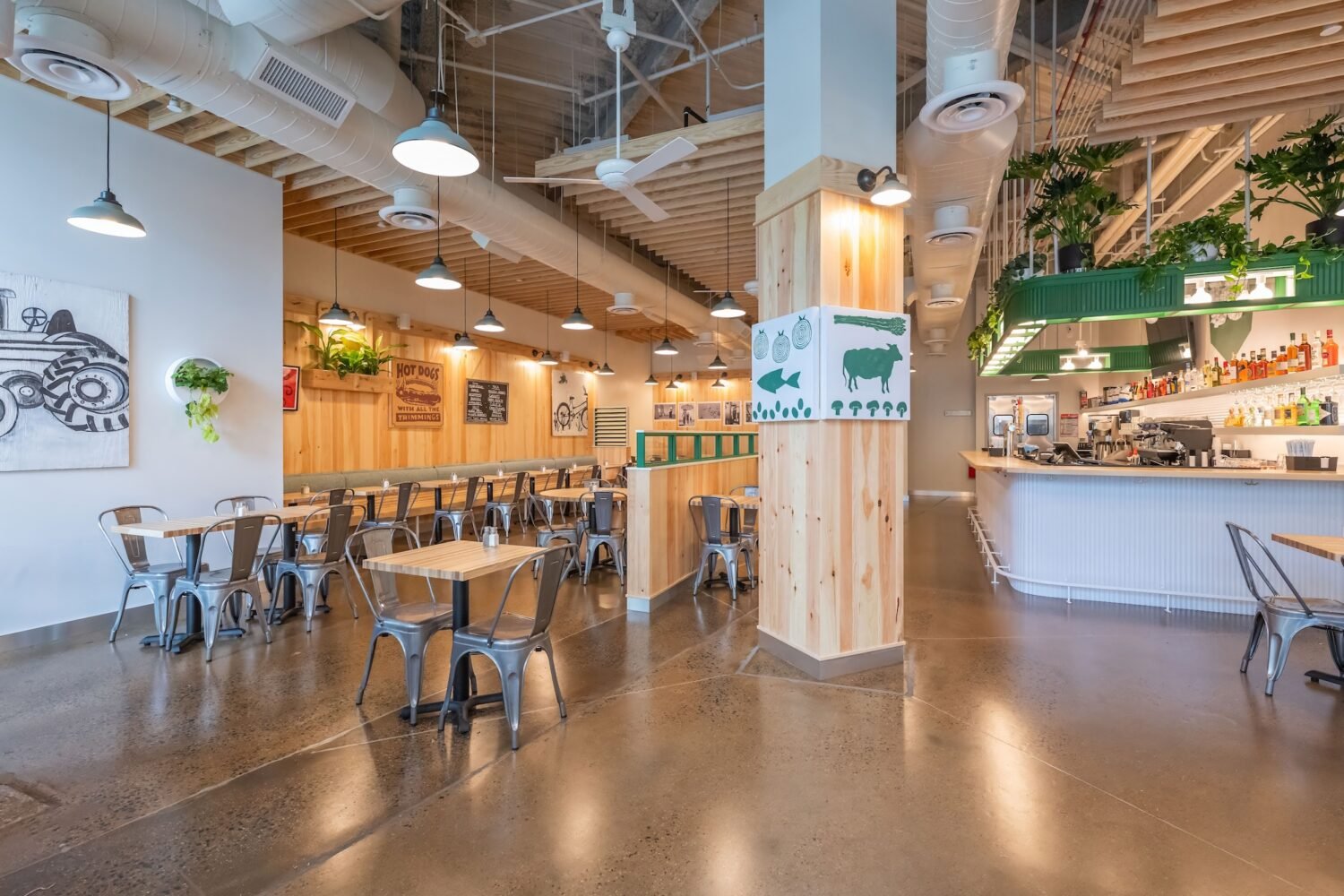location_on 1341 University Blvd. E., Takoma Park
language Website
Japanese cooking techniques and recipes have circumnavigated the Pacific Rim for years. Seattle takes its ubiquitous teriyaki takeout counters for granted. Foodies travel to Lima for the ají-spiced wonders of Nikkei fusion cuisine.
And idiosyncratic takes on Japanese cooking can be found all over the Pacific coast of Mexico, in the state of Sinaloa. Cooks along that rugged strip of coastline—a center of both brassy banda music and drug cartels—take a wild and exuberant approach to raw-fish dishes.
Sinaloa’s unorthodox fried maki and fiery aguachile have spread north to California, but the cuisine took its time reaching the East Coast. It’s finally arrived.
The new Mariscos Culiacán in Takoma Park feels transported from somewhere many miles southwest of DC. Outside its beige-and-brick strip-mall storefront, the parking lot was full of heavy pickup trucks with Spanish-language bumper stickers. Inside the cavernous restaurant, Los Tigres del Norte were on the sound system and LA graffiti-style art decorated the walls.
The latest wave of hip DC Mexican eateries—El Presidente and Amparo Fondita, for example—have highlighted a few Sinaloan seafood preparations. But at Mariscos Culiacán, owner Hugo Jimenez devotes his entire menu to recreating the Sinaloan capital of Culiacán, one piece of raw fish at a time.
“In Culiacán, they took sushi and made it Mexican,” he says. “All our corridos [traditional Mexican ballads] talk about Culiacán and sushi.”
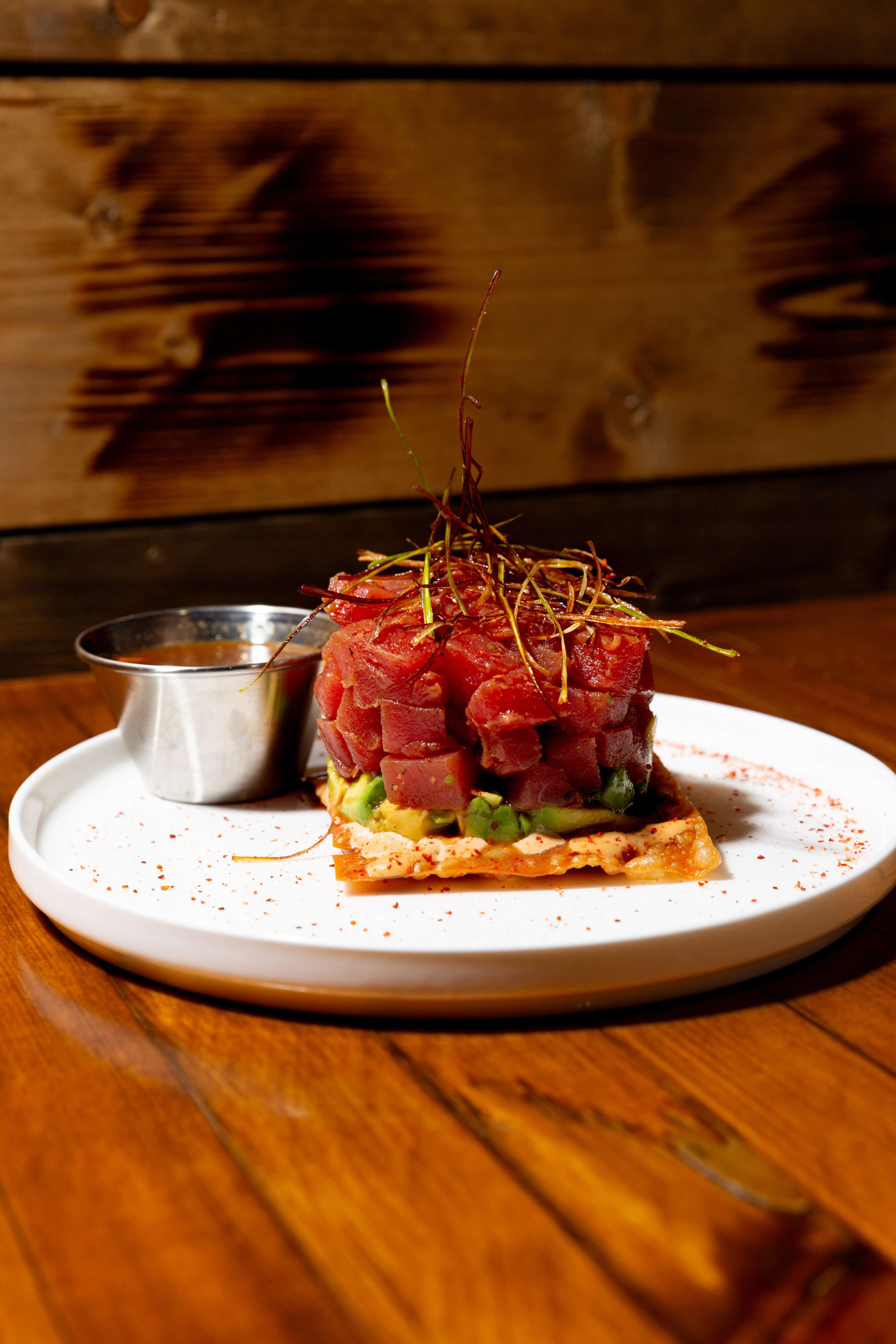
Jimenez is an unlikely restaurateur. By trade, he installs fiber-optic cables for tech and phone companies. You can often find him sitting at his restaurant’s bar in his Carhartt gear, fresh from a job. This summer, he decided to invest in a friend’s business idea: a Sinaloan sushi-and-seafood spot in Takoma Park. (The friend is no longer involved.)
The aguachiles at Mariscos Culiacán are made the traditional way—with raw shrimp cured in lime juice and tiled on a plate beside slices of cucumber and avocado. They come sauced in red or green salsa made with tiny chiltepín chilies—or blackened with soy sauce. It’s worth upgrading to tosti-aguachiles to get a layer of corn chips.
Sinaloa’s fondness for surf and turf is represented here, too—the state is where ranching culture meets the Pacific. The kitchen griddles cheese into a crunchy shell, stuffs it with steak and shrimp, and tucks it into a housemade corn tortilla.
Here’s where purists should stop reading. Sinaloan sushi is to traditional omakase what Pink Flamingos is to Citizen Kane. But it’s also a rollicking good time. Grilled steak makes its way into a number of the sushi rolls here. A section of the menu is devoted to deep-fried sushi, and each of those rolls contains cream cheese. Jalapeños, popcorn shrimp, and hot Cheetos all make appearances. If there’s one roll to try, it’s the Guamuchilito, a fried concoction of avocado, shrimp tempura, crab, and cream cheese that’s the signature roll in the small Sinaloan city for which it’s named.
The menu is wide-ranging: You can also get something like a simple shrimp soup or fried fish with rice (and many do). But it’s the no-holds-barred fried sushi and raging raw-shrimp aguachiles that are the best reasons to visit.
location_on 1341 University Blvd. E., Takoma Park
language Website
Japanese cooking techniques and recipes have circumnavigated the Pacific Rim for years. Seattle takes its ubiquitous teriyaki takeout counters for granted. Foodies travel to Lima for the ají-spiced wonders of Nikkei fusion cuisine.
And idiosyncratic takes on Japanese cooking can be found all over the Pacific coast of Mexico, in the state of Sinaloa. Cooks along that rugged strip of coastline—a center of both brassy banda music and drug cartels—take a wild and exuberant approach to raw-fish dishes.
Sinaloa’s unorthodox fried maki and fiery aguachile have spread north to California, but the cuisine took its time reaching the East Coast. It’s finally arrived.
The new Mariscos Culiacán in Takoma Park feels transported from somewhere many miles southwest of DC. Outside its beige-and-brick strip-mall storefront, the parking lot was full of heavy pickup trucks with Spanish-language bumper stickers. Inside the cavernous restaurant, Los Tigres del Norte were on the sound system and LA graffiti-style art decorated the walls.
The latest wave of hip DC Mexican eateries—El Presidente and Amparo Fondita, for example—have highlighted a few Sinaloan seafood preparations. But at Mariscos Culiacán, owner Hugo Jimenez devotes his entire menu to recreating the Sinaloan capital of Culiacán, one piece of raw fish at a time.
“In Culiacán, they took sushi and made it Mexican,” he says. “All our corridos [traditional Mexican ballads] talk about Culiacán and sushi.”
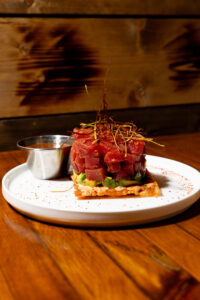
Jimenez is an unlikely restaurateur. By trade, he installs fiber-optic cables for tech and phone companies. You can often find him sitting at his restaurant’s bar in his Carhartt gear, fresh from a job. This summer, he decided to invest in a friend’s business idea: a Sinaloan sushi-and-seafood spot in Takoma Park. (The friend is no longer involved.)
The aguachiles at Mariscos Culiacán are made the traditional way—with raw shrimp cured in lime juice and tiled on a plate beside slices of cucumber and avocado. They come sauced in red or green salsa made with tiny chiltepín chilies—or blackened with soy sauce. It’s worth upgrading to tosti-aguachiles to get a layer of corn chips.
Sinaloa’s fondness for surf and turf is represented here, too—the state is where ranching culture meets the Pacific. The kitchen griddles cheese into a crunchy shell, stuffs it with steak and shrimp, and tucks it into a housemade corn tortilla.
Here’s where purists should stop reading. Sinaloan sushi is to traditional omakase what Pink Flamingos is to Citizen Kane. But it’s also a rollicking good time. Grilled steak makes its way into a number of the sushi rolls here. A section of the menu is devoted to deep-fried sushi, and each of those rolls contains cream cheese. Jalapeños, popcorn shrimp, and hot Cheetos all make appearances. If there’s one roll to try, it’s the Guamuchilito, a fried concoction of avocado, shrimp tempura, crab, and cream cheese that’s the signature roll in the small Sinaloan city for which it’s named.
The menu is wide-ranging: You can also get something like a simple shrimp soup or fried fish with rice (and many do). But it’s the no-holds-barred fried sushi and raging raw-shrimp aguachiles that are the best reasons to visit.
This article appears in the December 2024 issue of Washingtonian.

